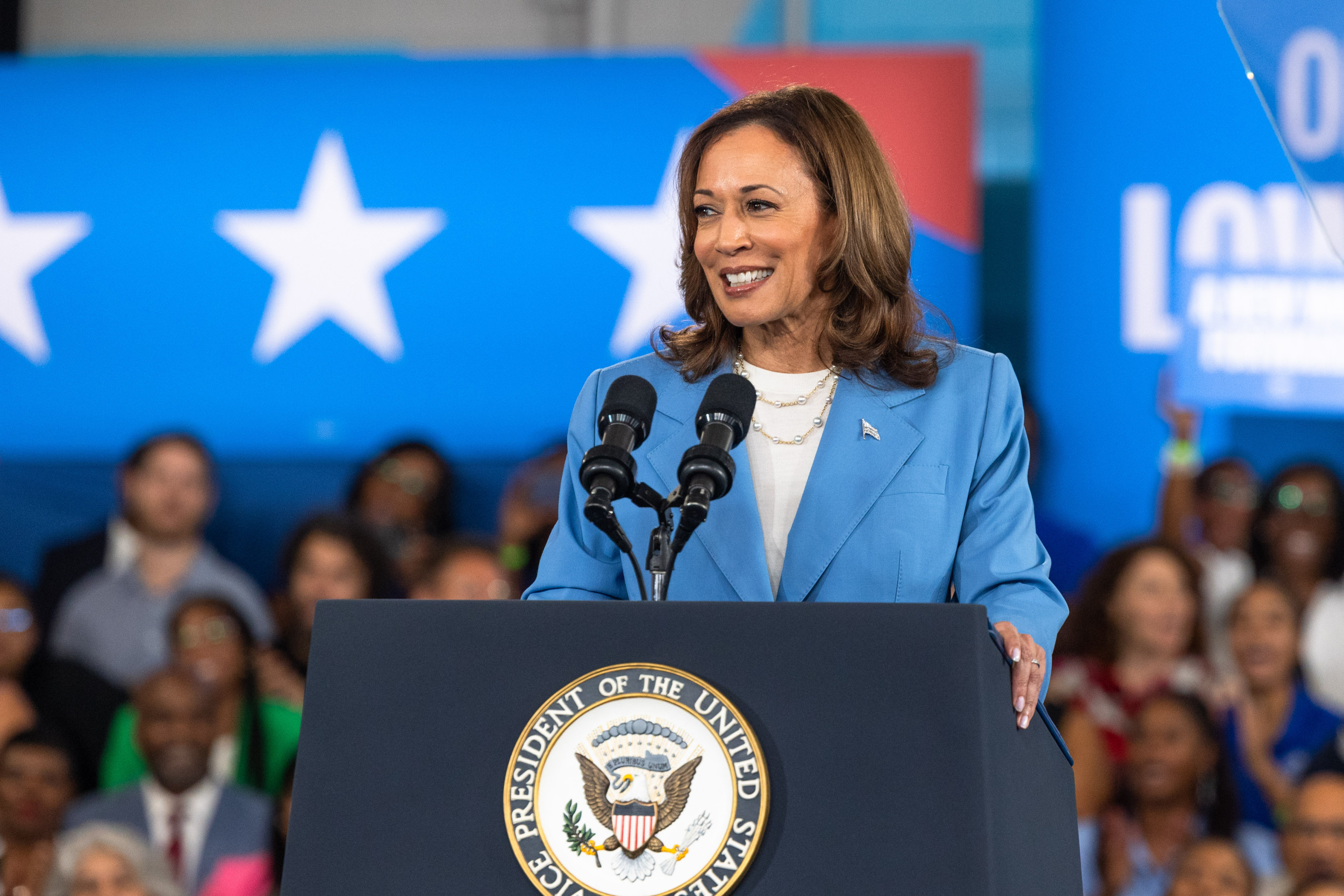As the 2024 presidential race heats up, both Vice President Kamala Harris and Donald Trump’s running mate, JD Vance, are advocating for an expansion of the child tax credit (CTC) with their own unique proposals.
The CTC is designed to provide financial assistance to families with children. It was significantly expanded during the COVID-19 pandemic, allowing families to receive up to $3,600 per child, which reportedly helped two million kids escape poverty and aided families in covering essential expenses such as food and childcare.
However, this expansion was temporary, reverting back to $2,000 per child by the end of 2021, despite soaring costs for everyday necessities.

Grant Baldwin/Getty Images
Families, especially those relying on childcare, are feeling the pinch, with costs for daycare and preschool skyrocketing 263% since 1990, per a recent KPMG report.
Now, both candidates are pushing for CTC enhancements, but their approaches differ. Vance proposes a $5,000 tax credit per child, while Harris suggests $6,000 for the first year and $3,600 for each subsequent year.
One key uncertainty is whether these credits would be refundable, a critical feature for low-income families who may not owe enough in taxes to benefit from such credits.
Another major difference between the two candidates lies in income eligibility. Vance’s proposal eliminates income restrictions altogether, while Harris maintains that families earning up to $400,000 for couples and $200,000 for individuals would continue to qualify.
The debate over the CTC has gained traction in recent months, with the House previously passing a bill to restore the pandemic-level amount, which ultimately faltered in the Senate due to opposition that cited costs and budget concerns.
Critics, including Senate Finance Committee Chair Ron Wyden, claim that Vance’s lack of support for the expansion indicates a disconnect with the needs of American families. Wyden pointed out that had Vance genuinely cared about helping working families, he would have voted for the proposal that aimed to uplift 16 million low-income children.
Advocates also lamented missed opportunities for improving the lives of families. Alex Lundrigan from Young Invincibles highlighted the choice to keep 400,000 children in poverty as a policy failure by some lawmakers.
Despite recent setbacks, there’s potential for bipartisan cooperation given the shared recognition of the financial burden of raising children. Experts like Alex Beene note that while the specifics of the proposals may differ, the overall need for support remains significant, especially as parents weigh the costs of childcare against their career choices.
Michael Ryan, financial expert and founder of MichaelRyanMoney.com, describes Harris’ plan as a “supercharged” version of the CTC from the pandemic, while Vance’s suggestion feels more like a “family-friendly” tax cut.
